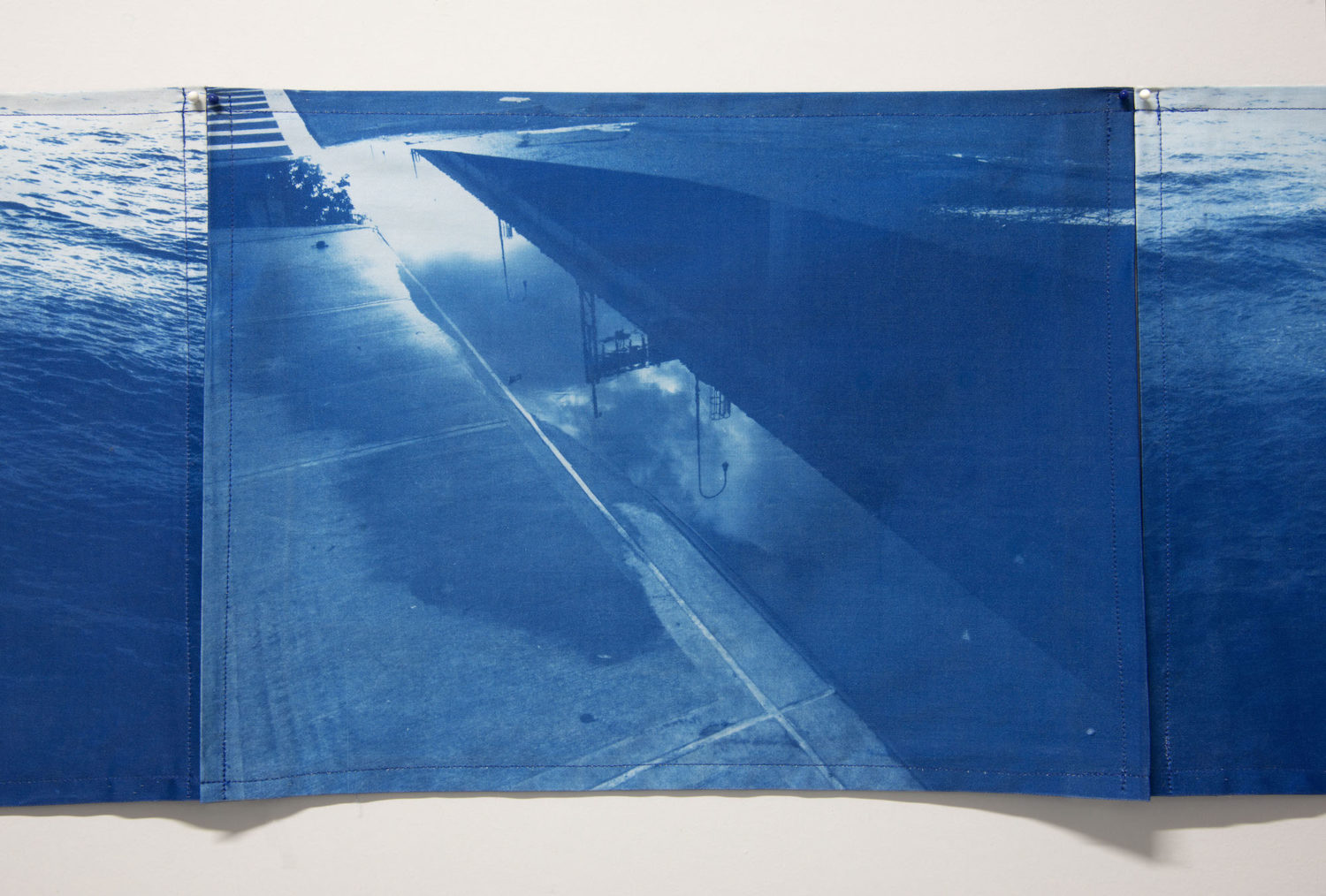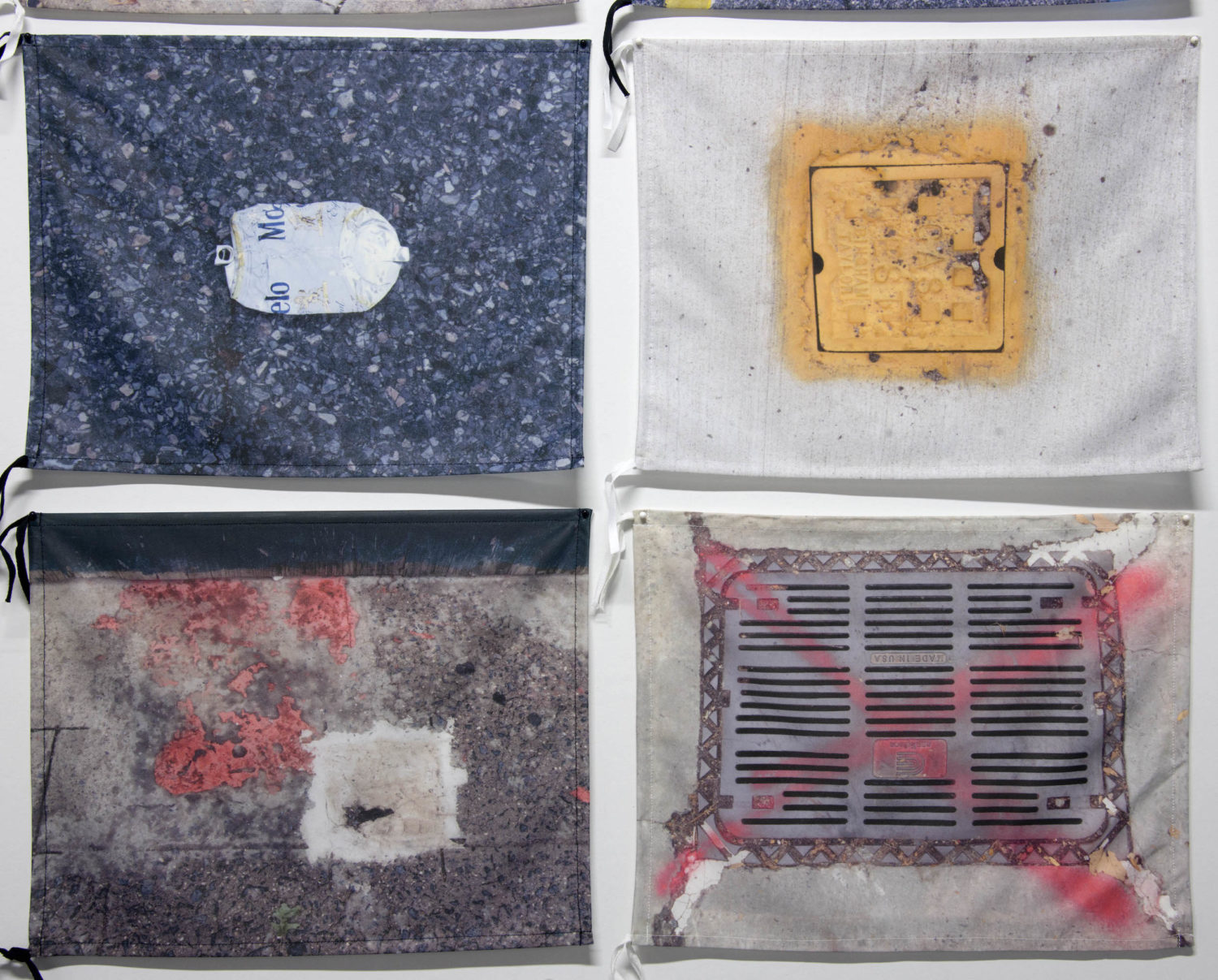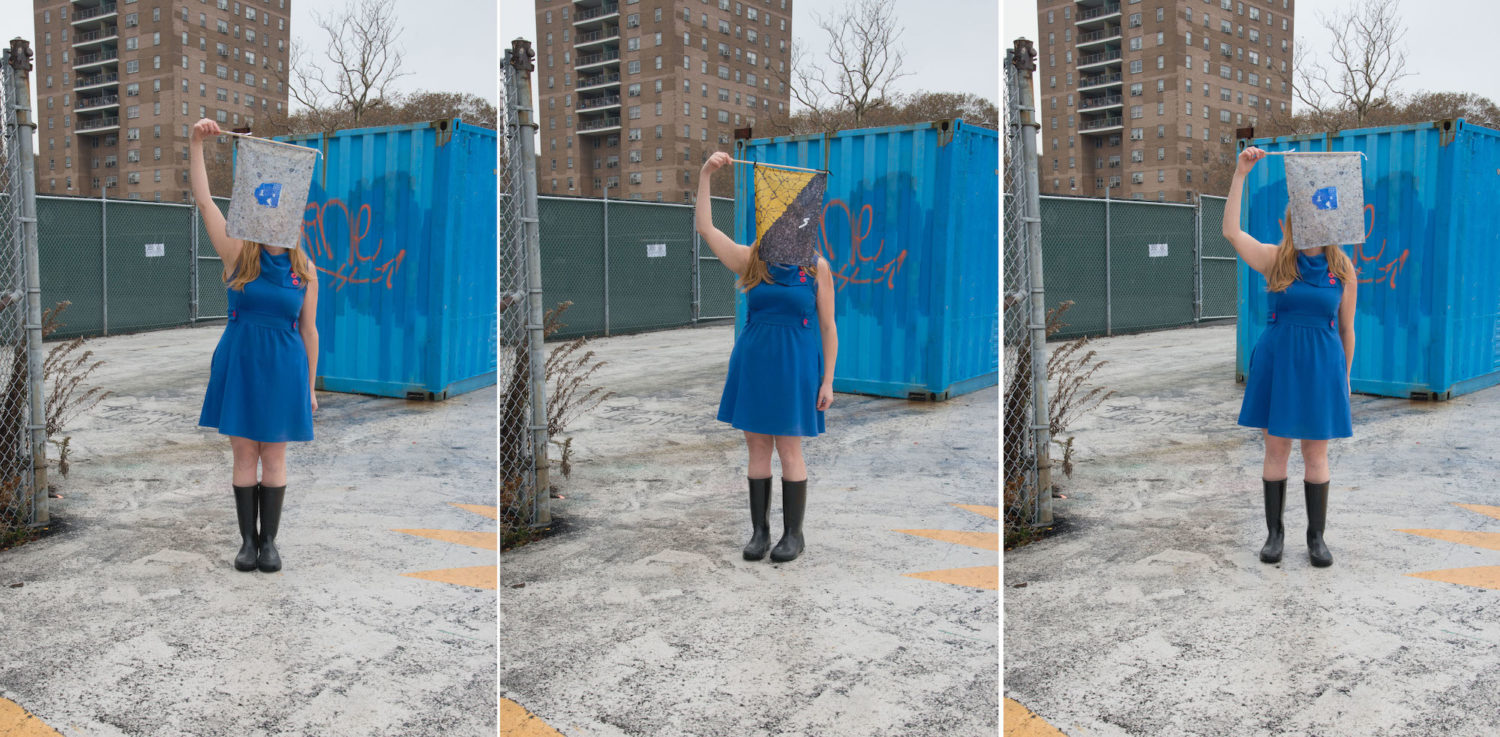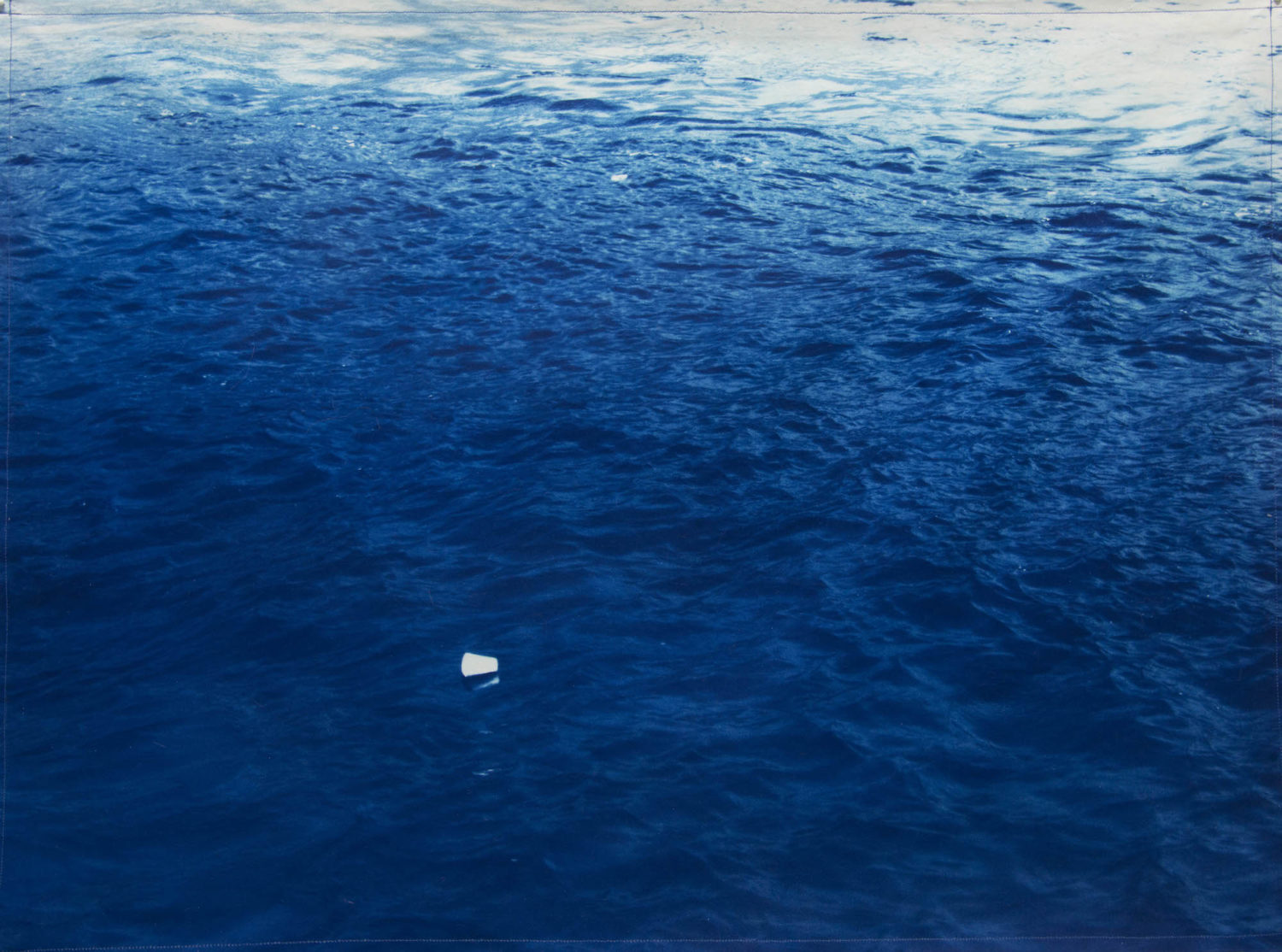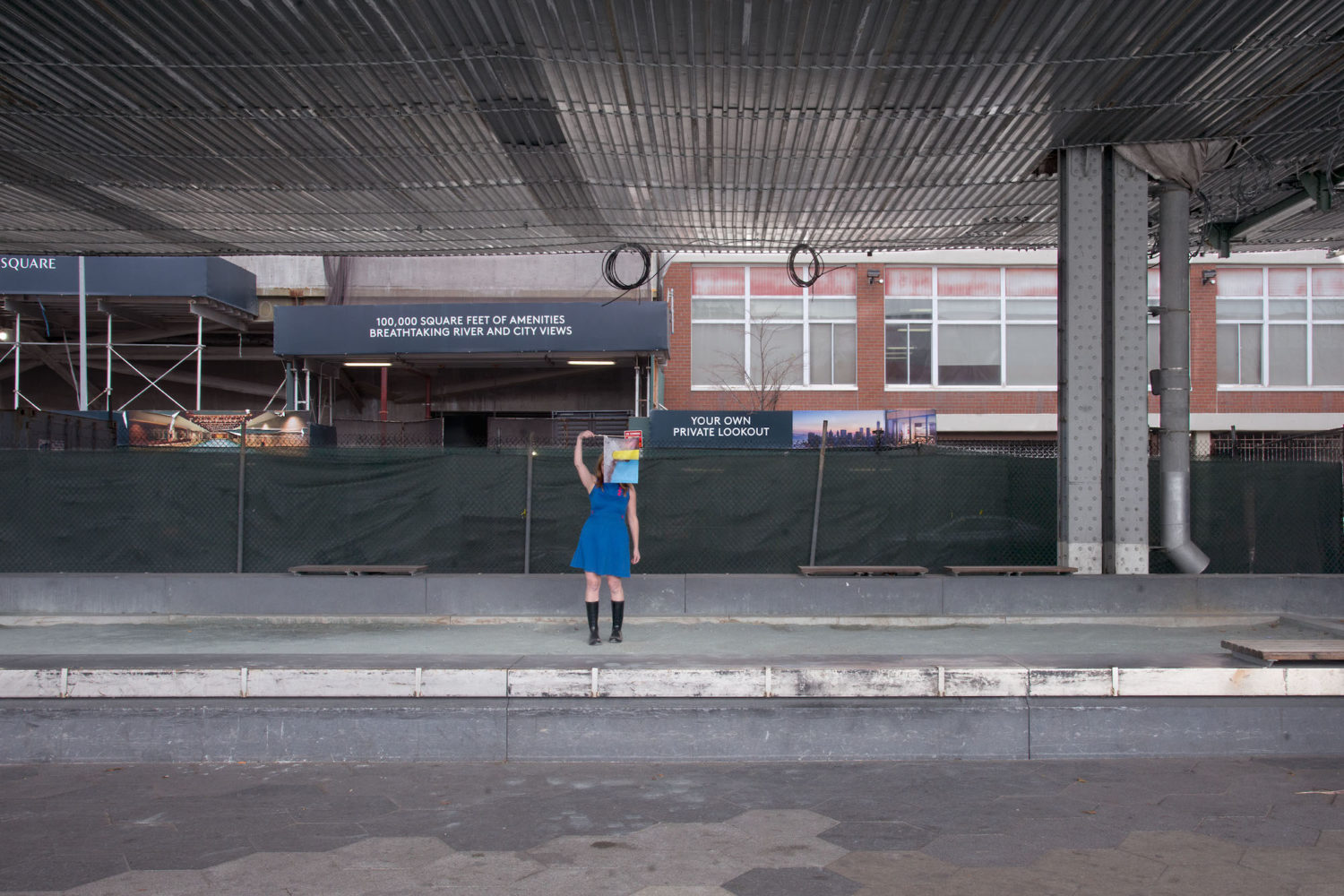Alumni
Baxter St at CCNY has long been a catalyst for innovative creation within the artistic mediums of photography and video practices. Ranging from exhibitions, residency programs, and partnerships, our core mission is to support and activate a vibrant community deeply engaged in the art of lens-based contemporary practices. Take a look at the wide breadth of alumni that are a part of our wonderful and ever-expanding community.
ARTISTS
Katarina Jerinic
Baxter St. Residency (2017)
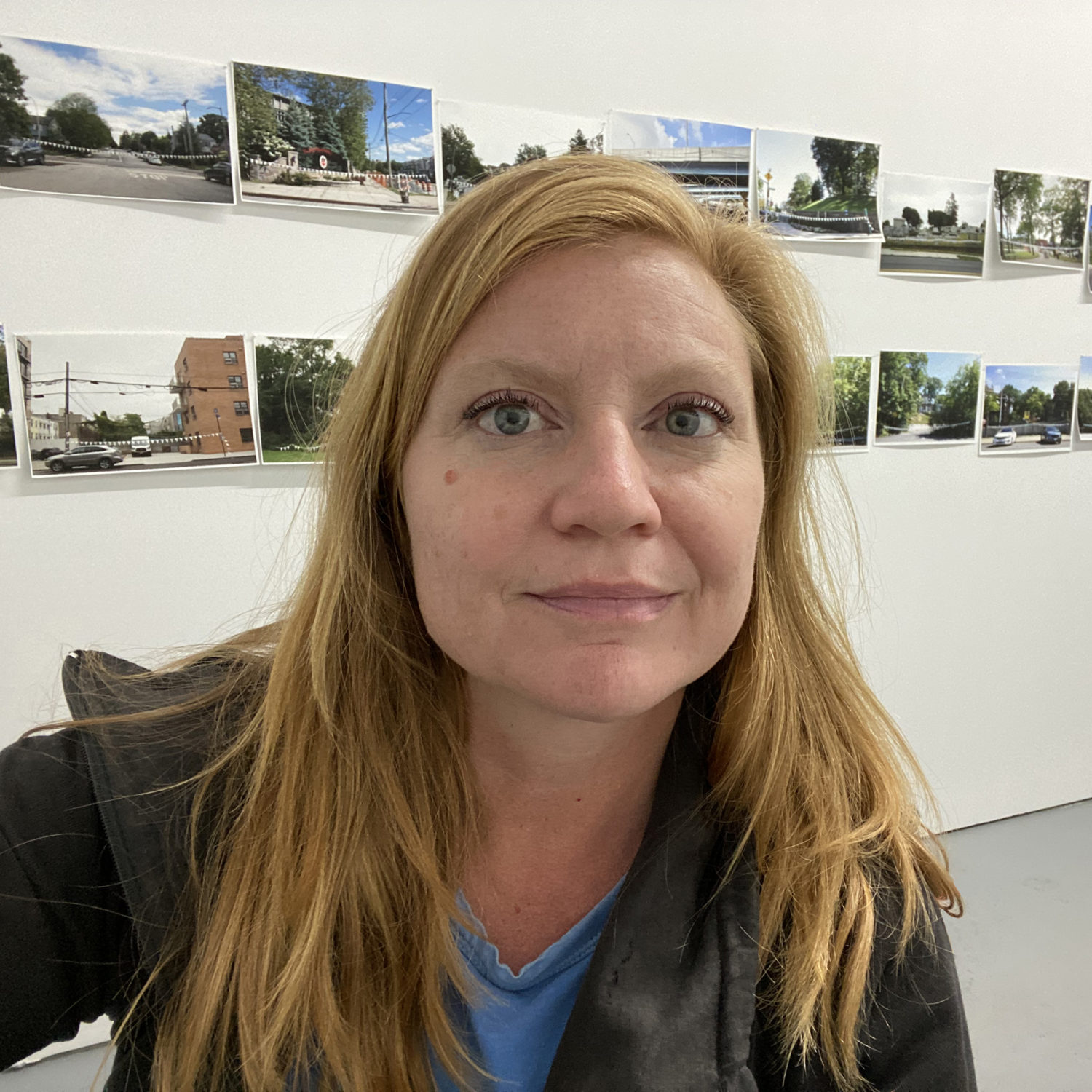
ARTISTS
Katarina Jerinic
Baxter St. Residency (2017)
Katarina Jerinic’s photography, mixed-media projects and public space-based installations respond to and intervene in built environments. Her work has been included in exhibitions at Bronx Museum of the Arts, Bronx, NY; Queens Museum, Queens, NY; BRIC, Brooklyn, NY; Center for Book Arts, New York, NY; Proteus Gowanus, Brooklyn, NY; NurtureArt, Brooklyn, NY; Temple Gallery at Tyler School of Art, Philadephia, PA; among others. Her projects have been supported with grants of space and funding by Times Square Alliance, New York, NY; Lower Manhattan Cultural Council, New York, NY; Brooklyn Arts Council, Brooklyn, NY; chashama, New York, NY: and the Black Rock Arts Foundation, San Francisco, CA. Residencies include MacDowell Colony, Peterborough, NH; Center for Book Arts, New York, NY; and Outpost Artist Resources, Ridgewood, NY. Jerinic received her MFA in Photography and Related Media from the School of Visual Arts and BA in History from American University. She lives and works in Brooklyn.
I make photographs, maps and invented navigational guides that respond to and intervene in urban environments, drawing attention to interactions with surrounding spaces. My projects begin from observations made while walking in the city and simultaneously wandering through ideas about landscape. I take some cues from the Situationists and their experiments in psychogeography, a reaction to the commercialization and homogeneity of the post-war European city. I’m interested too in the evocative potential of a city’s “terrains vague,” described a generation later by architect Ignasi de Sola-Morales. These are the expectant spaces at the margins of the ordered world—fluctuating, free and unengaged. Now, there is a need to reuse and reinvent the artifacts of 20th Century cities. What are the possibilities?
“Beautification This Site” centers on a leftover piece of the landscape I acquired through the Adopt-A-Highway Program, carved out between a BQE exit ramp and a congested Brooklyn street. Part earthwork, part self-assigned residency, the project calls attention to the land itself and ways it is shaped by urban bureaucratic and natural forces, passers-by, and my own endless efforts to maintain it. Recently, I have been making photographs of the surface of the Gowanus Canal, with its floating debris, mucky formations and reflections of Brooklyn skies, signs and structures. It looks cloudy, and in my upside-down cyanotypes, like a sublimely cloudy sky. Cyanotype is an early photographic process resulting in a blue monochromatic image—the reaction of chemistry to sunlight and water. This process is conceptually linked to my project. It connects the canal’s polluted present to its industrial past. It produces a stripped down image in blue and white, the colors of idealized skies and waterways. Its use of this nostalgic image technology alludes to a historically romantic view of untouched landscapes as separate from built ones.

